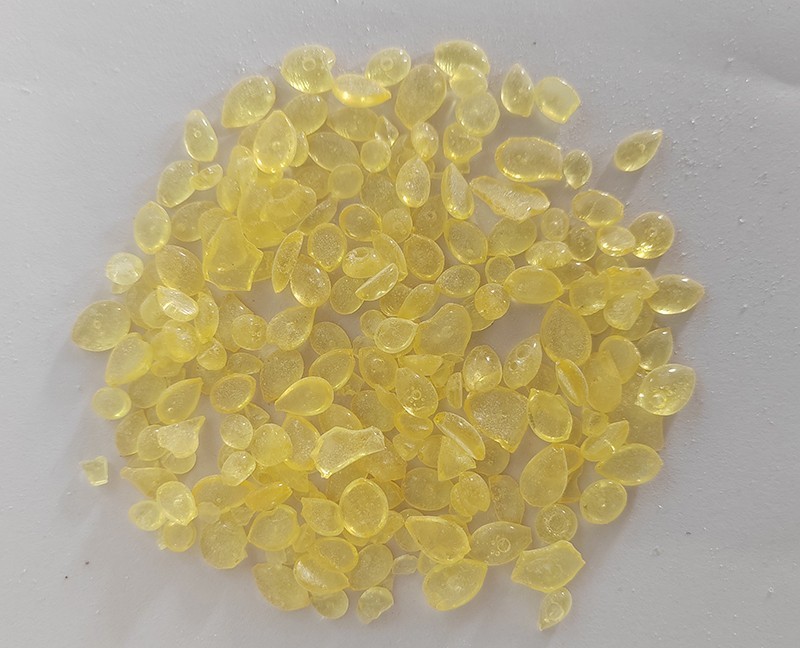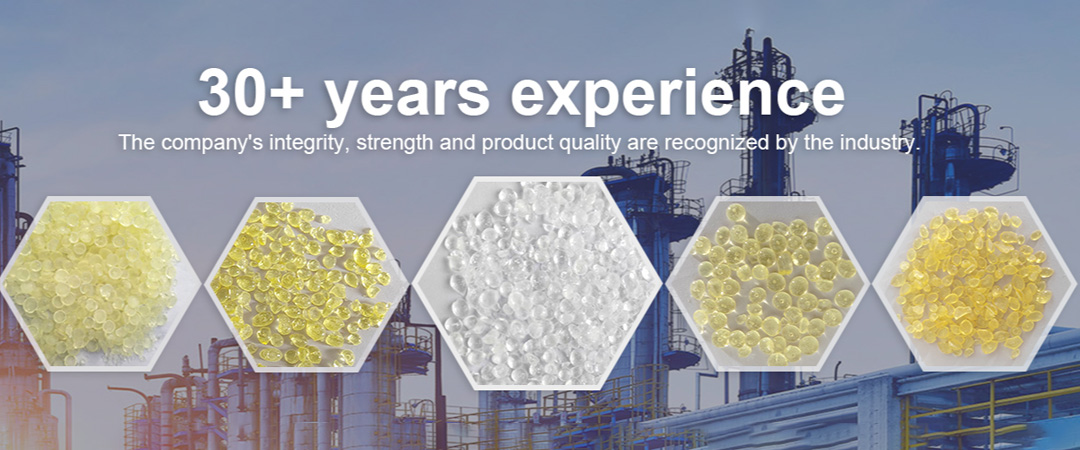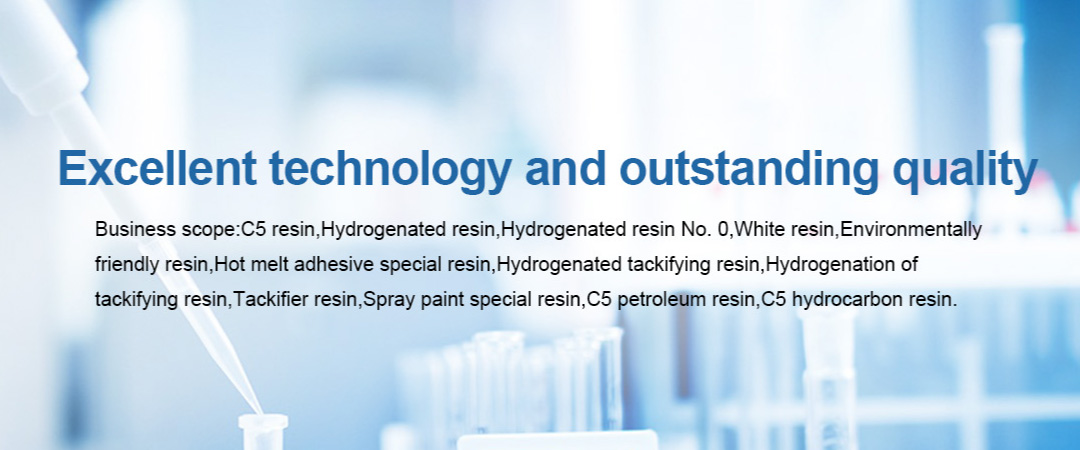Solubility of C5 petroleum resin
The solubility of C5 petroleum resin varies depending on the specific type and conditions, but it usually exhibits good solubility performance. The following is a detailed analysis of the solubility of C5 petroleum resin:
1. Overview of solubility performance
C5 petroleum resin is a thermoplastic resin produced by pre-treatment, polymerization, distillation and other processes of C5 fractions produced from petroleum cracking by-products. It is not a high polymer, but an oligomer with a molecular weight ranging from 300 to 3000, which has good solubility.

2. Specific dissolution situation
1. Dissolve in organic solvents:Can dissolve in various organic solvents, such as acetone, methyl ethyl ketone, ethyl acetate, trichloroethane, cyclohexane, toluene, solvent gasoline, etc. These solvents can penetrate the gaps between resin molecular chains, disrupt intermolecular interactions, and dissolve the resin.
2. Insoluble in water:
Insoluble in water, because its molecular structure is mainly composed of carbon and hydrogen elements, the interaction force between water molecules is weak, and it cannot form a stable solution.
3. Influencing factors
1. Resin type:Different types of C5 petroleum resins have varying solubility properties due to their different molecular structures and chemical compositions.
2. Type of solvent:
The polarity and molecular structure of solvents have a significant impact on the solubility of C5 petroleum resin. Polar solvents and non-polar solvents have different solubility abilities for resins, so choosing the appropriate solvent is crucial for resin dissolution.
3. Temperature:
Raising the temperature can increase the movement speed and diffusion ability of solvent molecules, thereby improving the dissolution rate of the resin. However, excessively high temperatures may also lead to degradation or cross-linking reactions of resin molecular chains, affecting solubility.
4. Application Fields
Due to its excellent solubility, C5 petroleum resin is widely used in multiple fields:1. Adhesive: As a thickening resin for pressure-sensitive adhesives, hot melt pressure-sensitive adhesives, hot melt adhesives, and rubber adhesives, it improves the adhesive strength and stability of the adhesive.
2. Coatings: Improve the gloss, hardness, water and alkali resistance of the paint film, and enhance the overall performance of the coating.
3. Rubber: Increase the hardness and elasticity of rubber products, improve the quality and service life of rubber.
4. Ink: It has the effects of color development, fast drying, and brightening, improving the printing quality and drying speed of ink.
In summary, C5 petroleum resin has good solubility and can be dissolved in various organic solvents, but is insoluble in water. Its solubility is influenced by factors such as resin type, solvent type, and temperature.
























































































